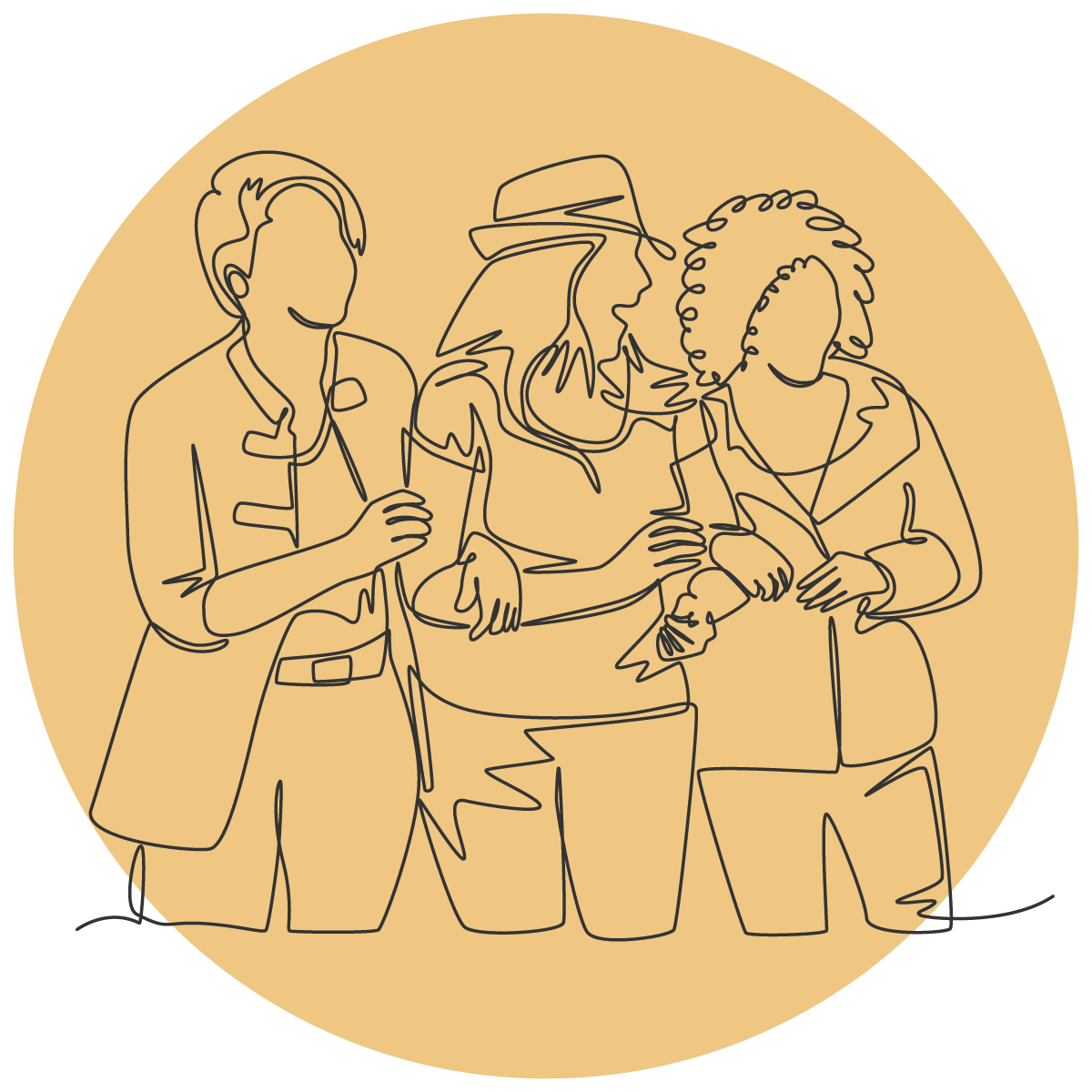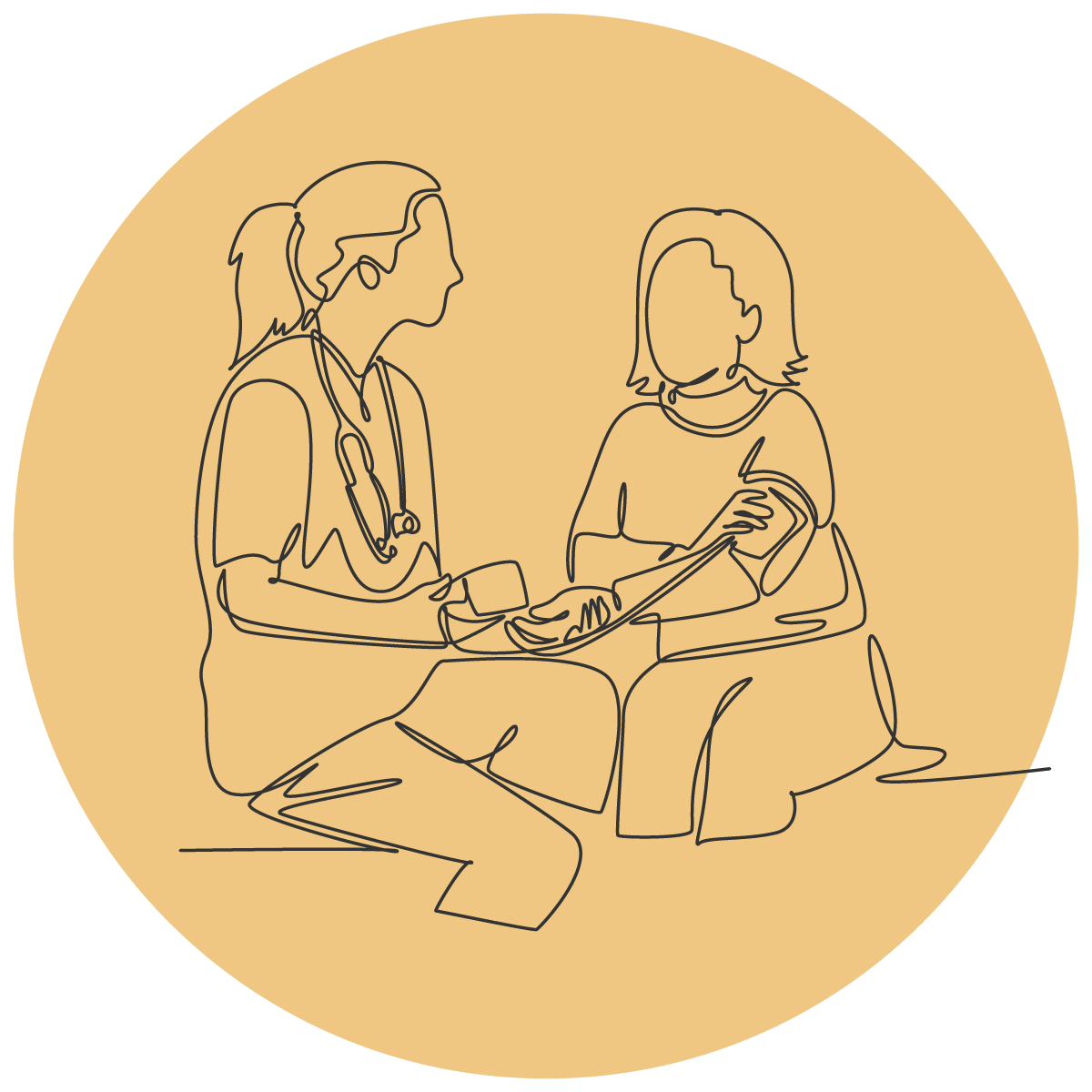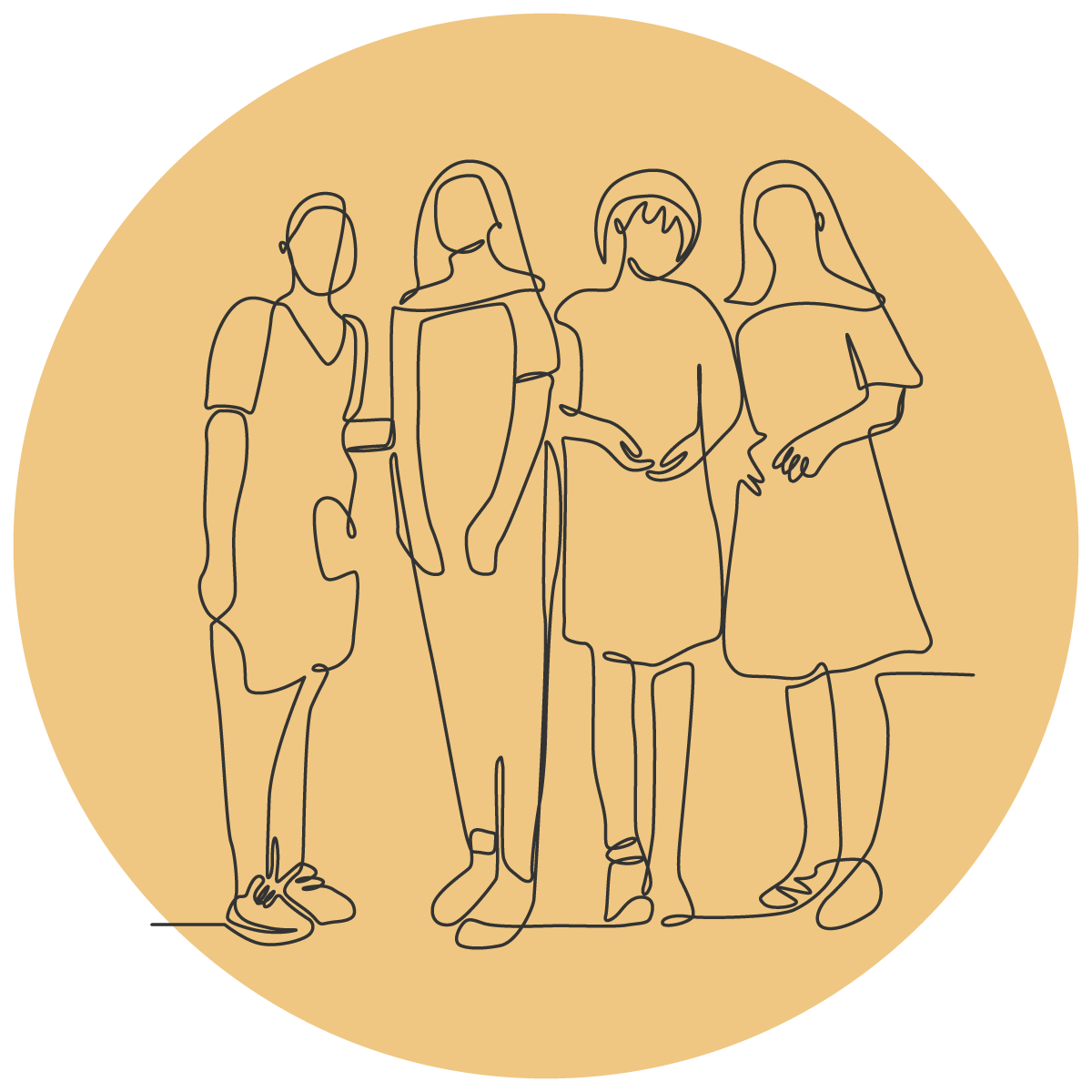Gender-Diverse People & Endometriosis
WELCOME
You are not alone
Endometriosis doesn’t only affect women, and our support shouldn’t either.
Endometriosis is a chronic condition that can affect trans men, non-binary people, gender-diverse individuals, and anyone assigned female at birth (AFAB). But too often, healthcare, research, and support systems are built for cisgender women only, leaving many people feeling unseen, invalidated, and excluded from care.
At Endometriosis Coalition, we believe every person deserves inclusive, safe, and affirming support. That’s why we’ve created this dedicated space.
If you’re gender-diverse and living with endo, pelvic pain, or related conditions, you might have faced:
Misgendering in healthcare settings
Gendered language that erases your experience
Discomfort during pelvic exams or surgical conversations
A lack of research or resources that reflect your identity
Being told “you’re not the typical endo patient
GENDER-AFFIRMING HEALTH INFORMATION
Language that reflects your identity, not just your anatomy
Endometriosis can affect anyone with a uterus, yet much of the information and support available still frames it as a "women's condition." This leaves many people feeling invisible or unsafe when seeking care.
At Endometriosis Coalition, we believe everyone deserves access to health information that respects and affirms who they are, not just the body parts they have. That includes trans men, non-binary people, gender-diverse folks, and all people assigned female at birth (AFAB).
We know that affirming language can be life-changing and lifesaving.
YOU MATTER
Why Gender-Affirming Health Information Matters
When health information assumes all people with endometriosis are women:
It contributes to misdiagnosis or delayed diagnosis
It creates unsafe or dysphoric healthcare environments
It excludes people from research, resources, and support
It reinforces stigma and isolation within both LGBTQIA+ and health communities
Everyone deserves to be seen, respected, and provided with care that acknowledges their full identity, not just their anatomy.
WHAT YOU’LL FIND HERE
Inclusive Language Guides
Simple, accessible explanations of how to use inclusive terms like:
“People who menstruate”
“People living with endometriosis”
“Assigned female at birth (AFAB)”
“People with uteruses”
You’ll also find examples of how to replace outdated or gendered language in medical settings, research materials, and support group discussions.
We work closely with lived experience advocates and gender-diverse clinicians to ensure content is relevant and respectful.
TOOLS AND PRINTABLES
Provider Conversation Tools
These tools are designed to put power back in your hands when navigating systems that may not always get it right.
A downloadable "Communicating My Identity in Healthcare" one-pager
A Glossary of Inclusive Terms to bring to appointments
Questions to ask your doctor to ensure they’re affirming and informed
Tips for navigating misgendering or being dismissed in appointments
FACT SHEETS
Resources for Clinicians
We also provide information for healthcare professionals who want to better support gender-diverse patients. These cover:
Gender-inclusive clinical language
Creating culturally and gender-safe clinical spaces
How to ask about pronouns and gender respectfully
Common mistakes to avoid (and how to recover when you make them)
You can direct your provider here or download a guide to bring with you to appointments.










